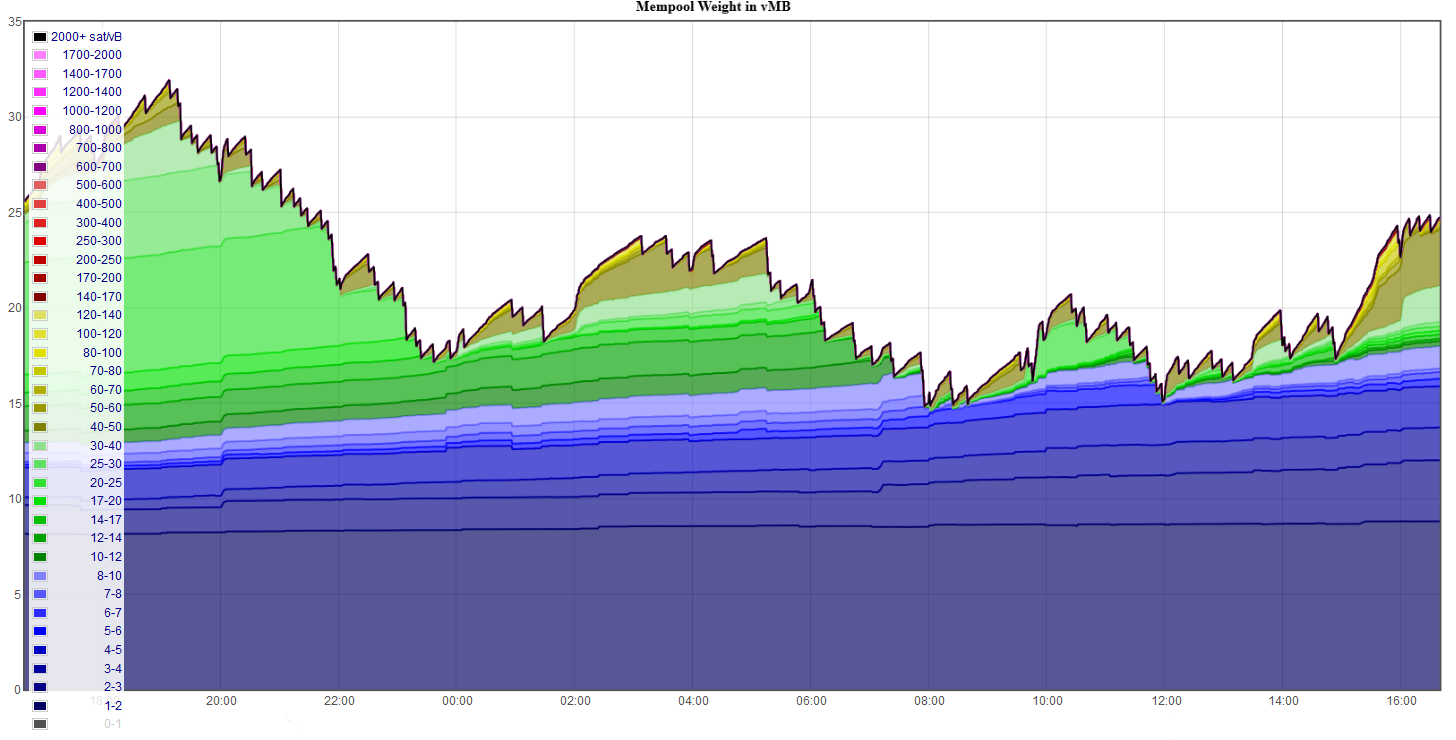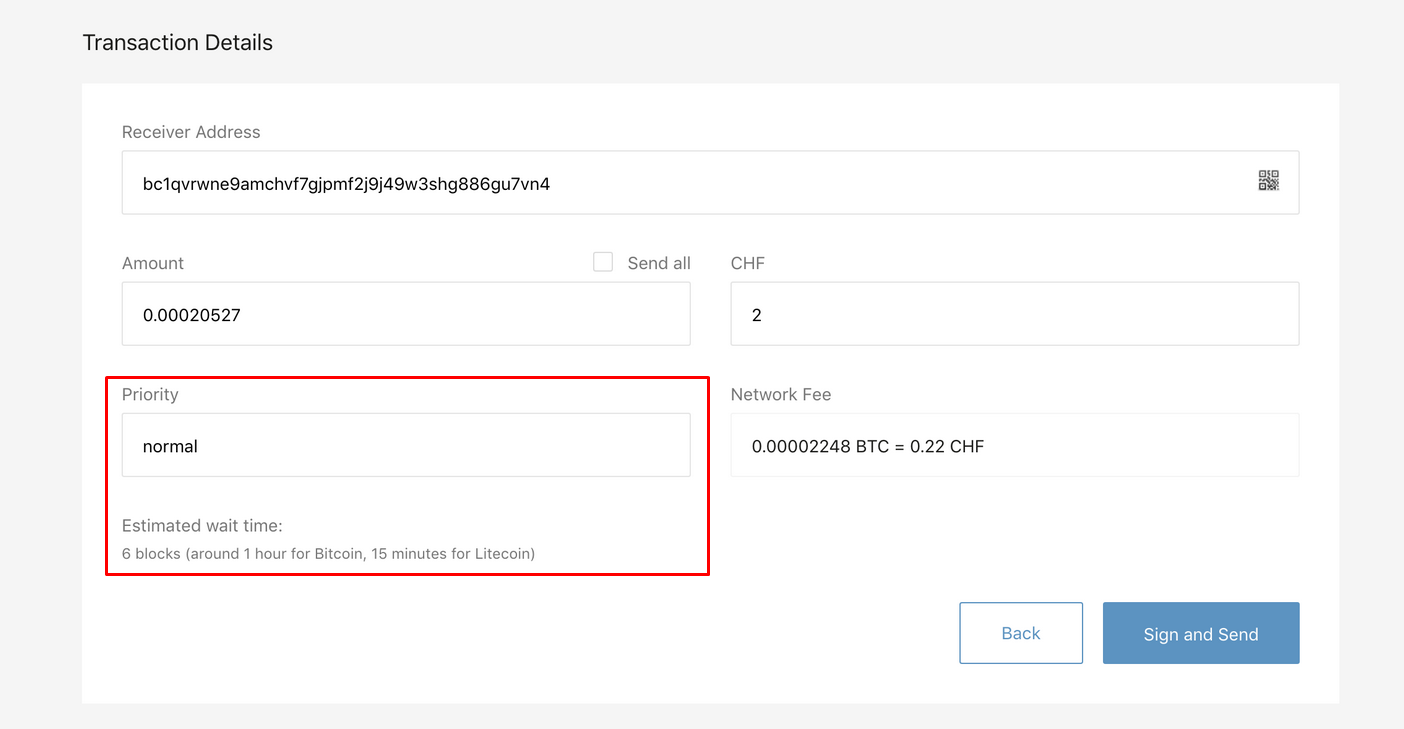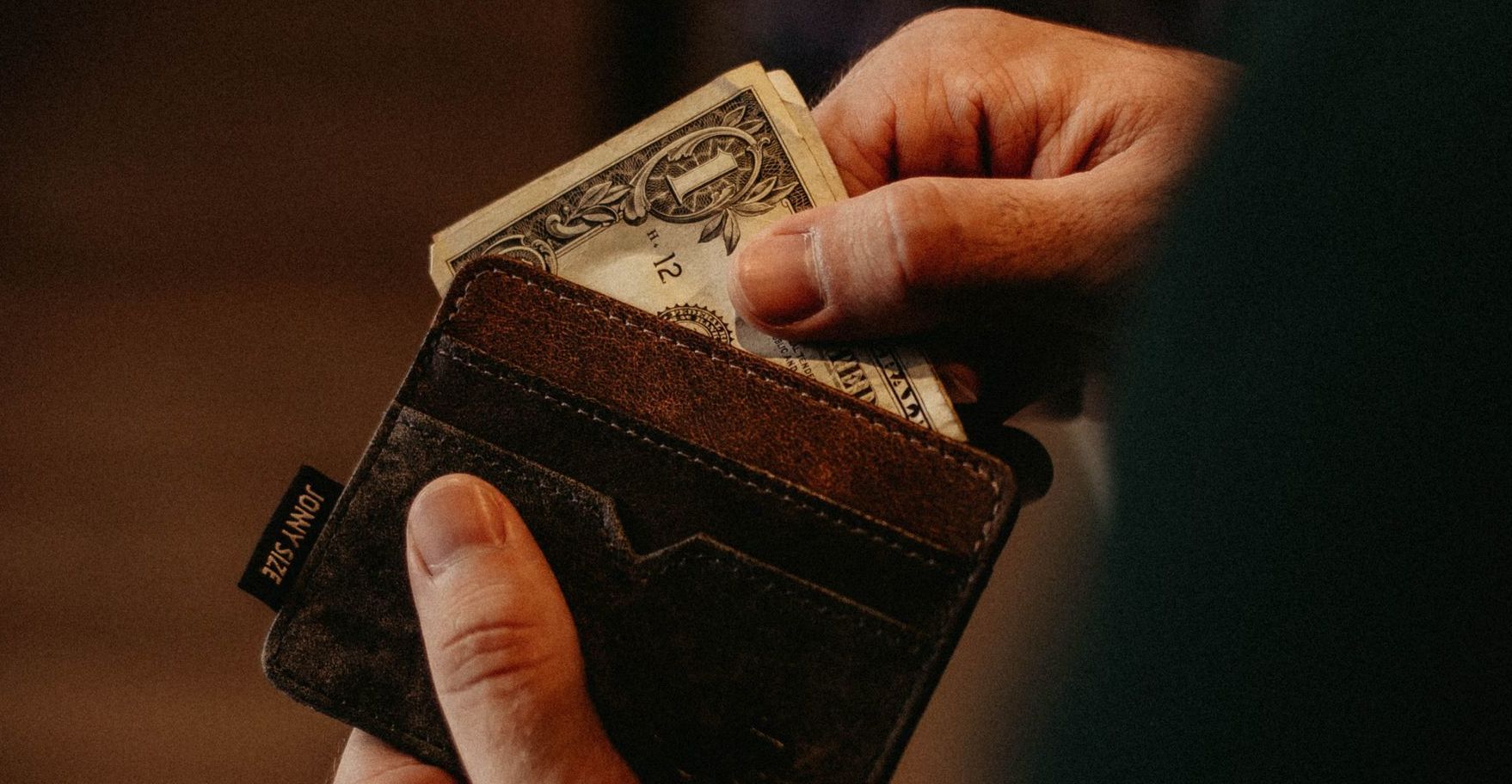Du kannst diesen Artikel auch auf Deutsch lesen.
También puedes leerlo en español.
When sending a bitcoin transaction, your wallet app will suggest a transaction fee. In this article we explain why there even is a transaction fee and how to make sure you don't pay too much.
Block size
On average the Bitcoin network creates a block every 10 minutes. Outstanding transactions are recorded and “locked” in these blocks. Since the storage space in a block is limited, only a limited number of transactions can be processed per block.
The size of a block has to be limited as the size of the whole blockchain depends on it. Without a limit on the block size, the blockchain would grow unhindered and would only be verifiable with the help of very powerful computers that normal people don’t have at home which would cause centralisation of the Bitcoin network.
Each block can roughly fit 3000 transactions. If more transactions are waiting to be confirmed, the block creator (miner) must somehow decide which of these transactions to include.
Miners
In order for your transaction to be confirmed in one of the next blocks, you must convince the miner to include your transaction in the block over those of other Bitcoin users.
For this reason, you can attach a fee to your Bitcoin transaction. The higher that fee is, the more incentive a miner has to include your transaction. If you’re not in a rush, a low fee will be sufficient. To ensure that a miner prioritises your transaction, use a higher fee. This way you can pay extra for a faster transaction or send a cheaper transaction if you can wait longer.
Of course, the real world transaction fee also depends on how urgent other Bitcoin users need their transactions to be confirmed.
The Mempool
To estimate how high the fee should be to get your transaction into the next block, use a dedicated "mempool explorer" websites. The "mempool" consists of all transactions in the network which are not yet confirmed. This helps you to estimate the current fee situation. Websites like jochen-hoenicke.de or mempool.space allow you to view the mempool graphically.

The chart shows the change in the mempool over time. The number of unconfirmed transactions is shown on the vertical axis. The transaction fees used are differentiated by color and denominated in satoshis per vbyte (price per transaction weight). On the left side you can see which color corresponds to which fee.
Approximately every 10 minutes you can see a cut at the top of the mempool. This is caused by a found block, in which the highest bidding transactions are confirmed and thus removed from the mempool. This is a good way to see which fee level is currently being confirmed.
Waiting time
Should it be sufficient for you that the transaction is confirmed within the next few hours or even days, you can use a much lower fee.
In times of high Bitcoin price volatility, the mempool often fills up quickly, causing average transaction fees to increase significantly and a transaction may take longer than the user actually planned for.

Modern wallet apps like BitBoxApp automate this process and let you choose the transaction fee based on priority levels.
In the send form of the BitBoxApp you will be asked how fast your transaction should be. Depending on the selected priority, the appropriate network fee and the expected waiting time will be displayed. The app automatically checks which transaction fee is appropriate for the current size of the mempool.
On the other hand, if you want full control and set your fee manually you can enable the "Custom fee" feature in the BitBoxApp settings. Keep in mind that the total cost of your transaction is determined by the transaction fee as well as the UTXO-count of the transaction.
What Are Bitcoin Transaction Fees?
A transaction fee is a small amount of bitcoin that you have to pay for your transaction. The more you pay for your transaction, the faster it will be finalized
What is the average transaction speed?
Bitcoin transactions will usually be confirmed within 10min up to an hour, depending on the fee that was used. If the transaction is not urgent, money can be saved by using a lower transaction fee.
Why are the transaction fees for Bitcoin so high?
Because a Blockchain can only transfer a certain amount of transactions per block, in times when many people want to transact, getting a faster transaction confirmed is more expensive.
What are trading fees?
Trading fees are different from transaction fees. If you purchase bitcoin on an exchange, the exchange will take a commission, also known as the trading fee. These can be anywhere between 0 and 5%.
Don’t own a BitBox yet?
Keeping your crypto secure doesn't have to be hard. The BitBox02 hardware wallet stores the private keys for your cryptocurrencies offline. So you can manage your coins safely.
The BitBox02 also comes in Bitcoin-only version, featuring a radically focused firmware: less code means less attack surface, which further improves your security when only storing Bitcoin.

Shift Crypto is a privately held company based in Zurich, Switzerland. Our international team of specialists across engineering, cryptosecurity and Bitcoin core development build the BitBox products and provide consulting services. The BitBox02, a second generation hardware wallet, equips individuals to easily store, protect, and transact cryptocurrencies. Its companion, the BitBoxApp, provides an all-in-one solution to securely manage your digital assets with ease.


